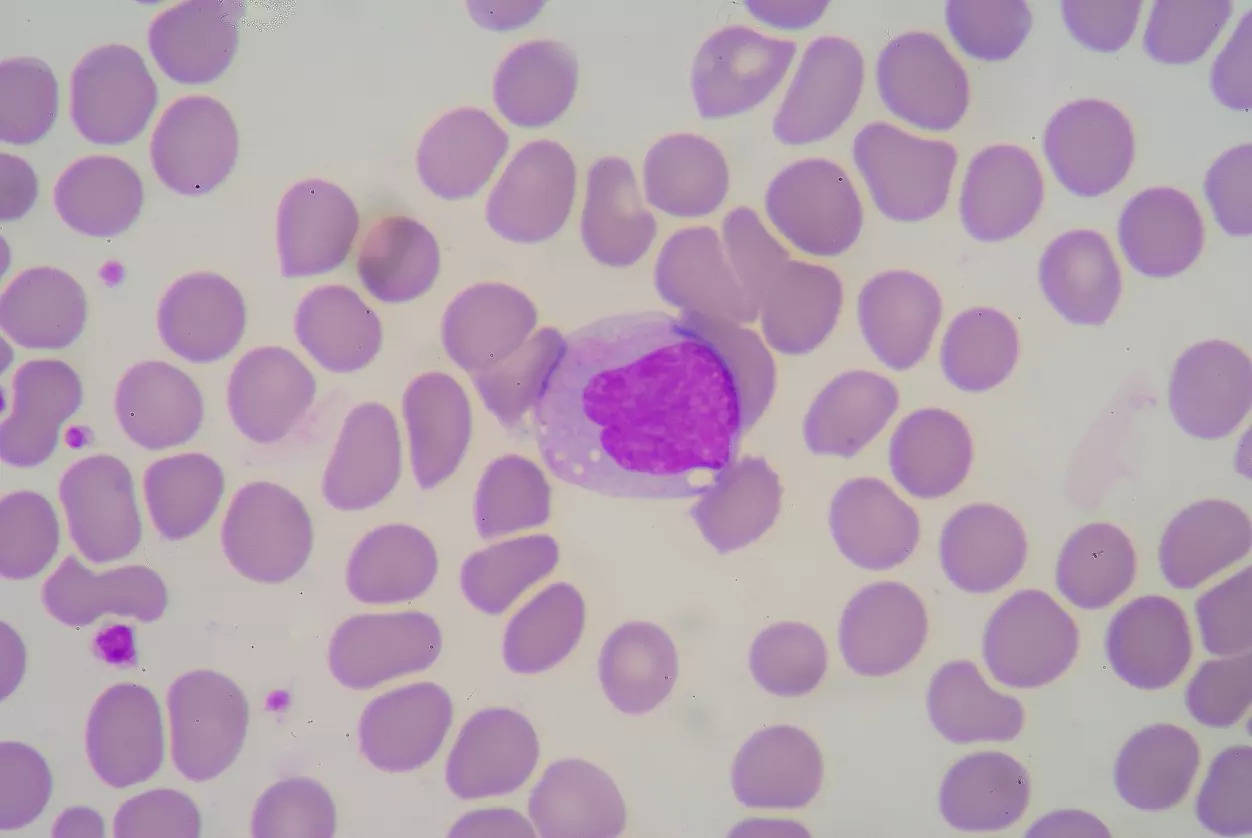As young teenage girls navigate their way through the most transformative years of their lives, they may also encounter a variety of gynaecological issues that can be both alarming and confusing. From irregular periods to pelvic pain and beyond, these problems can have a significant impact on physical health as well as mental well-being.
In this article, we examine the many gynaecological issues that teenagers frequently experience and the precautions that must be taken to avoid complications. Dr. Rushali Jadhav, Consultant- Obstetrics & Gynaecology, Manipal Hospital, Kharadi-Pune, is here to help us better comprehend the situation.
Common Gynaecological Problems In Teenagers
Menstrual irregularities are often seen in teenage girls due to hormonal imbalances during puberty. These can cause late or missed periods, heavy bleeding or spotting between cycles. Vaginal infections such as bacterial vaginosis or yeast infections are also quite common among teenagers who engage in sexual activity. Some of the most common gynaecological problems include:
Menstrual Irregularities
This problem is very common among teenage girls who have just started their menstrual cycles. It is normal for their cycles to be irregular during the first few years. However, excessive bleeding, prolonged periods, or severe pain may indicate an underlying issue such as polycystic ovary syndrome (PCOS), hormonal imbalances, or uterine fibroids. Medical evaluation is necessary to determine the cause and appropriate treatment.
Pelvic Pain
Teenagers may experience pelvic pain, which can be attributed to various factors. Conditions such as ovarian cysts, endometriosis, or pelvic inflammatory disease (PID) can cause discomfort or pain in the pelvic region. It is important to seek medical attention for a proper diagnosis and suitable treatment options to manage the pain and prevent potential complications.
Vaginal Infections
These include yeast infections and bacterial vaginosis, which can occur in teenagers. These infections may result from factors such as poor hygiene, sexual activity, or the use of irritants like scented soaps or douches. Symptoms can include itching, unusual discharge, and discomfort. Treatment typically involves medication prescribed by a healthcare professional and adopting healthy hygiene practices.
Teenage Pregnancy
It is a significant gynaecological concern for adolescents. Unprotected sexual activity can lead to unintended pregnancies, which can have physical, emotional, and social implications. Prevention through education, access to contraceptives, and promoting responsible sexual behaviour are essential in addressing this issue.
Polycystic Ovary Syndrome (PCOS)
PCOS is a hormonal disorder that affects teenage girls as well. It is characterized by irregular menstrual cycles, excess hair growth, acne, and weight gain. PCOS can have long-term health implications, such as an increased risk of diabetes and cardiovascular disease. Treatment approaches may include lifestyle modifications, hormonal contraceptives, and medication to manage symptoms and reduce potential complications.
Know The Prevention Options
Prevention is always better than cure, and it’s no different when it comes to gynaecological problems in teenagers. Here are some tips on how to prevent these issues from occurring:
- Maintaining good hygiene is crucial. Proper cleaning of the genital area with mild soap and water can help prevent infections such as bacterial vaginosis or yeast infections.
- Practicing safe sex through the use of condoms can reduce the risk of sexually transmitted infections (STIs) like chlamydia and gonorrhoea which can cause pelvic inflammatory disease (PID).
- A healthy lifestyle including regular exercise and a balanced diet can also reduce the risk of developing gynaecological problems by keeping hormone levels stable.
- Visiting your gynecologist regularly for check-ups even if you don’t have any symptoms should be part of every teenager’s routine healthcare regimen.
- Adolescence is a challenging period with physical changes taking place; however, the proper care and attention towards reproductive health can make all the difference in maintaining good overall health throughout life.
Total Wellness is now just a click away.
FOLLOW US ON









